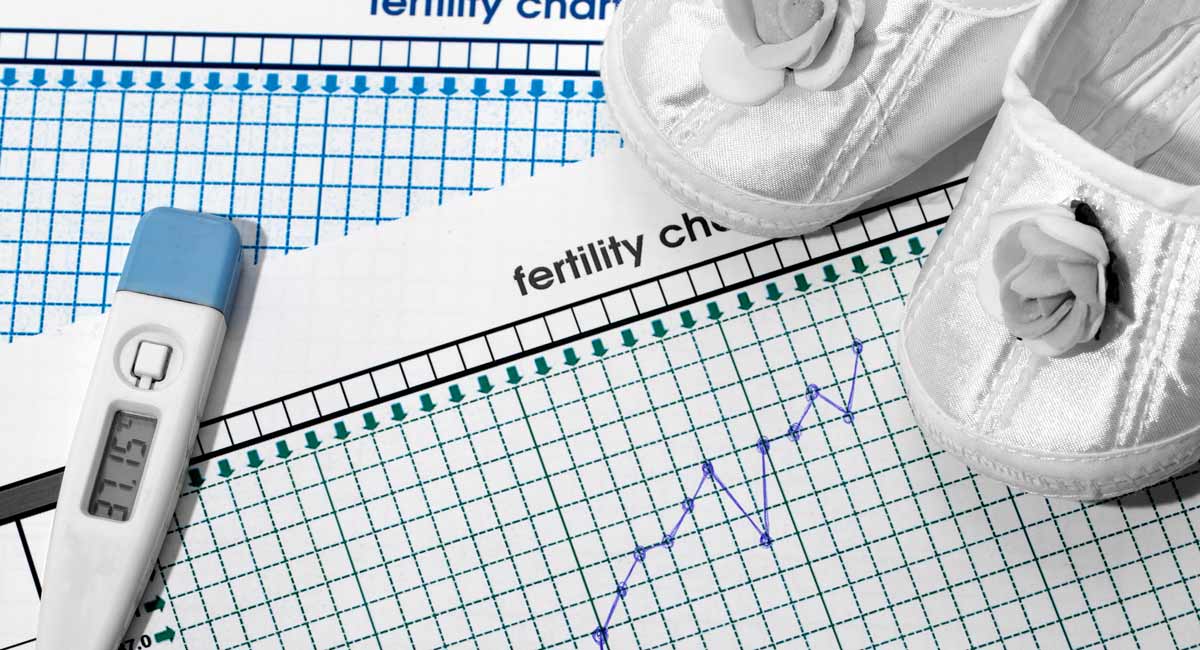July 25-31 marks National Natural Family Planning (NFP) Awareness Week. While fertility awareness-based methods (FABMs) of NFP have traditionally been considered the domain of couples wanting to achieve or avoid pregnancy, that conversation is gradually shifting to include single young women seeking to monitor their own reproductive health.
With the explosion of “femtech,” loosely defined as any app or technological device intended to improve women’s health and wellness, a variety of cycle tracking apps abounds. While there are certainly good reasons for young women in their teens and twenties to track their cycles through an app, ultimately the most benefit comes from learning a fertility-awareness based method.
Women often inadvertently cover up their symptoms with hormonal birth control. Learning an FABM enables young women to understand what’s going on in their own bodies, to know when to seek help for reproductive issues, and to address the root causes of reproductive health problems instead of masking them with birth control.
How NFP helps women understand their bodies
Many young women have simply never heard about what happens in their bodies each cycle, and the relationship between their fertility and their whole body health. Learning the different phases of their cycle through an FABM can help young women become more confident, because they know what’s going on in their bodies at any given time and what’s coming next. A high school junior might learn to give herself grace when studying for a big test right before her period starts. A woman in her 20s might utilize the ovulatory phase of her cycle, a time when women generally have higher energy levels and improved mood, to schedule a big work presentation or attempt a new personal record in the gym. A woman charting her cycle through an FABM can even take things one step further, optimizing her nutrition, workouts, professional life, and more, by “syncing” with the phases of her cycle.
NFP and reproductive health
In a 20-minute Facebook Live video, Creighton Model instructor Shirelle Edghill outlined the ways that learning to chart can save young women time and frustration down the road, especially when it comes to starting a family. She noted that many young women appear to have a vague sense of unease, wondering whether something is off with their cycles. When they learn an FABM, they get hard data about their health that can either confirm their suspicions, or allay their fears.
“This is a real gift, knowing early on if you might have issues with your fertility,” she said. “I get the privilege of teaching quite a few women who are fairly young, in their teens or early 20s, and without fail, they love learning to chart.”
Addressing the root causes of reproductive issues
Dr. Brian Burke is an internal medicine doctor trained in the Creighton Model as well as the Couple to Couple League (Symptothermal Method) of NFP. He regularly utilizes data from FABM charts, like the Creighton Model or the Symptothermal Method, to help young women successfully address pre-menstrual syndrome (PMS), painful or abnormal periods, irregular cycles, and more.
Burke and his wife Johanna are currently working with the Couple to Couple League to design a fertility awareness course specifically for young women called “Charting for Health.” The Burkes commented, “We see it as our mission to make fertility awareness something that is not just for family planning,” but really is understood as a vital part of the bigger picture of “true comprehensive women’s health.”
Dr. Burke told Live Action News, “The fertility signs… are reflective of a woman’s overall health… changes in those fertility signs in a woman’s cycle are reflective of other things going on with her health that, if she is tracking those things, I as a family physician can identify, diagnose, and treat.”
Since a woman’s fertility, as evidenced by her menstrual cycle and biomarkers of ovulation, is actually a fifth vital sign, issues in the reproductive system can point to a need for further workup in other body systems.
READ: Analyzing facts and fiction about hormonal birth control and NFP
Rather than putting a band-aid over young women’s reproductive issues as happens with hormonal birth control, women who learn to chart are empowered to take an active role in improving their health by addressing the root causes. Providers trained in the Natural Procreative Technology (NaPro) or FEMM Medical Management or Neo Fertility use the data from teens’ and young women’s charts to diagnose and then treat the underlying issues that lead to painful or heavy periods and more.
Teens and young women have good reason to learn a fertility awareness-based method of natural family planning. Learn more about the various FABM methods here, and more about hormones and women’s health topics here.
“Like” Live Action News on Facebook for more pro-life news and commentary!







